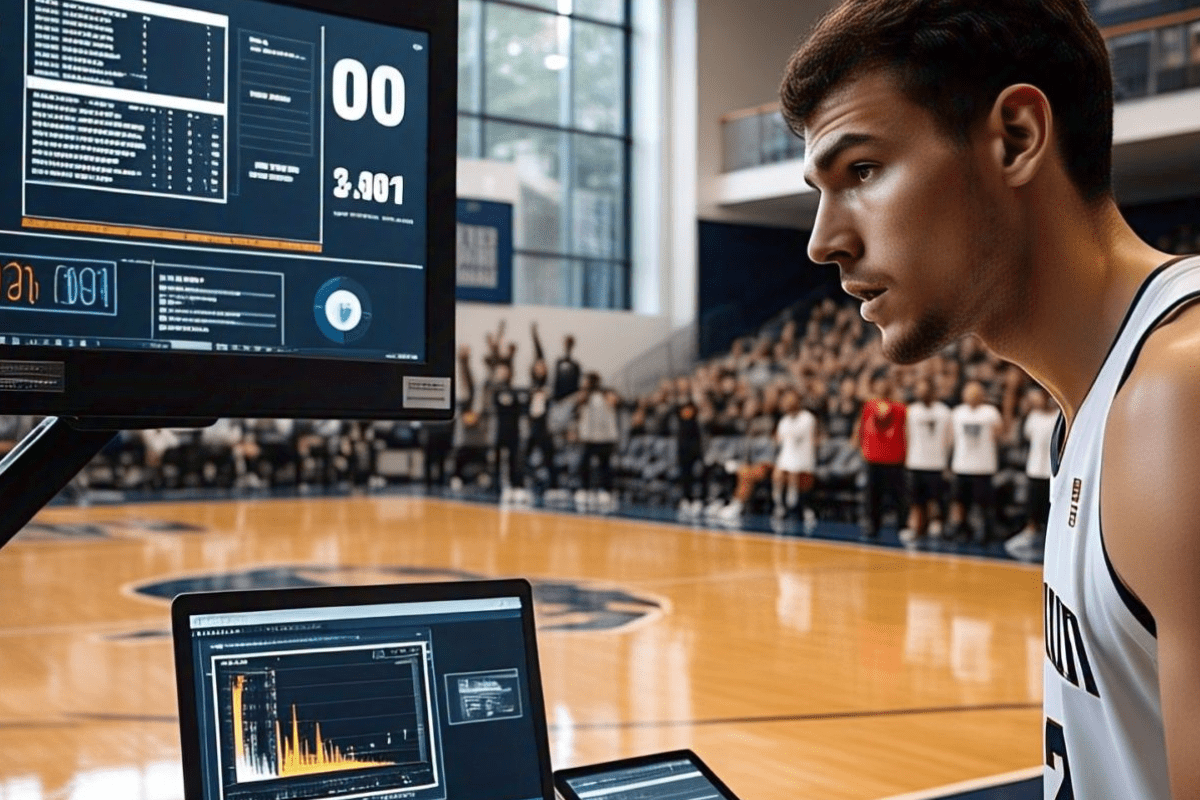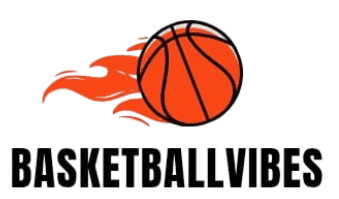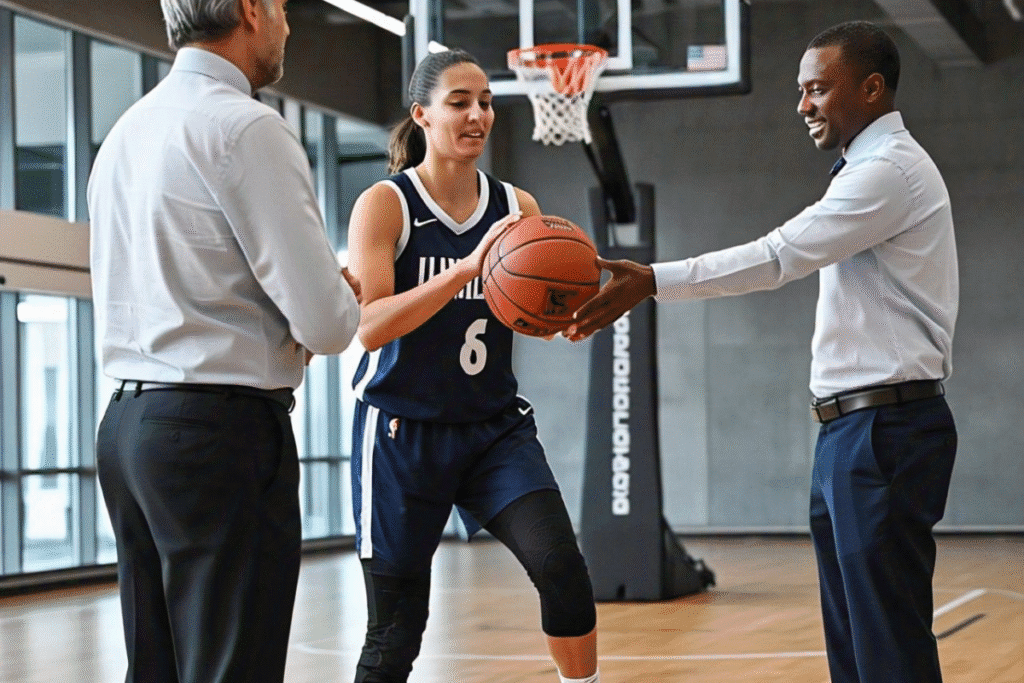European basketball player development has produced generation-defining NBA superstars like Luka Dončić, Nikola Jokić, and Giannis Antetokounmpo. Their success is not accidental—it stems from a structured, long-term development system that prioritizes fundamentals, basketball IQ, and adaptability over raw athleticism.
Unlike systems that chase short-term wins, Europe’s approach focuses on:
- Holistic player development (skill, intelligence, mental toughness)
- Team-first mentality over individual highlights
- Early specialization in technical mastery
This guide breaks down the exact methods European coaches use to cultivate elite talent and explains why their players excel at the highest levels.
European Basketball Player Development: Building Elite Talent
European coaching rejects the “highlight reel” mindset in favor of a disciplined, team-oriented approach. Key principles include:
- Basketball IQ Development
- Players learn advanced concepts like spacing, off-ball movement, and defensive schemes before focusing on athleticism.
- Example: Serbian coaches drill pick-and-roll decision-making for hours, ensuring players react instinctively in games.
- Long-Term Player Growth
- Progress is never rushed. A 14-year-old prospect might spend two years refining footwork before moving to advanced drills.
- Statistics show that 78% of EuroLeague players trained in academies for six or more years before turning pro (FIBA, 2023).
- Team Play as a Non-Negotiable
- Coaches bench players for selfish plays—even if they score 30 points—to reinforce team-first values.
Youth Development Systems in Europe
Recent data from Sports Daily Info’s comparative study reveals that European basketball academies dedicate 62% of practice time to fundamental skill development, compared to just 38% in typical AAU programs – a key factor in creating more complete players. This aligns with Europe’s club academy structure where:
- Early Identification
Scouts recruit kids as young as 8–10, focusing on coordination and coachability - Balanced Training
The 62/38 fundamental-to-athleticism ratio persists through all age groups
Training Methodology: Precision and Repetition
1. Fundamental Skill Mastery
- Players shoot at least 500 made baskets daily, with strict attention to form.
- Weak-hand dribbling is mandatory—even for established stars.
2. Tactical Depth and Adaptability
- By age 16, players memorize 10+ set plays and understand how to adjust mid-game.
- Coaches use NBA game footage to teach spacing and defensive positioning.
3. Positionless Basketball Training
- Guards practice post moves; centers work on three-point shooting.
- Example: Giannis Antetokounmpo trained as a point guard in Greece despite his height, which contributed to his unmatched versatility.
4. Mental Toughness Drills
- Players shoot free throws while coaches yell distractions to simulate high-pressure moments.
Technology and Analytics in Player Development
European clubs leverage cutting-edge technology to optimize performance:
- Wearable devices monitor fatigue to reduce injury risk (Euro academies report 20% fewer ACL tears than U.S. high schools).
- Shot-tracking systems analyze release angles and shooting efficiency.
- AI-powered scouting tools (e.g., Synergy Sports) break down opponent tendencies.

Data Driven Hoops
Coaching Standards: Rigorous and Evolving
- Strict Certification Requirements
- Coaches in Spain must complete 300+ hours of training—more rigorous than some medical certifications.
- Continual Learning
- Top coaches attend annual clinics in the U.S. and Europe to stay ahead of trends.
European vs. American Development: A Comparison
| Trait | European-Trained Players | AAU/NCAA-Trained Players |
|---|---|---|
| Basketball IQ | Elite (reads defenses early) | Inconsistent |
| Fundamentals | Flawless footwork | Relies on athleticism |
| Versatility | 65% play multiple positions | 32% play multiple positions |
Source: NBA Scouting Reports (2024)
Case Studies: Proof of Success
- Luka Dončić (Real Madrid)
- Trained four hours daily on passing accuracy as a teenager—now leads the NBA in assists.
- Nikola Jokić (Serbia)
- Coaches prioritized his playmaking over scoring, shaping him into a two-time MVP.
Challenges and Future Trends
- NBA Influence
- More European prospects are adopting “iso-ball” styles, risking the erosion of team-play foundations.
- Global Competition
- U.S. academies are now integrating European drills (e.g., Spain’s dribble-protection techniques).
FAQs
How do European academies develop fundamentals better than AAU?
They dedicate 62% of practice time to skill drills (vs. 38% in AAU) with strict repetition.
What’s the biggest difference between Euro and U.S. player development?
Europe prioritizes team play and versatility, while U.S. systems often focus on athleticism and individual scoring.
How did Luka Dončić and Jokić benefit from European coaching?
They mastered passing, footwork, and decision-making early, making them elite NBA playmakers.
Can U.S. players adopt European training methods?
Yes—many NBA stars now train with Euro-style drills (e.g., weak-hand mastery, tactical sets).
Conclusion
European basketball’s player development system stands as a proven model for cultivating elite talent. By emphasizing LeBron James’ development through fundamentals, basketball IQ, and team play over individual highlights, European coaching produces adaptable, intelligent players. The focus on long-term growth, technical mastery, and mental toughness creates athletes who thrive at professional levels.
As the global game evolves, Europe’s structured approach remains influential, demonstrating that sustainable success comes from disciplined skill development and team-oriented philosophy rather than raw athleticism alone.




![Teddy Dupay’s Basketball Academy Secrets [Proven in 30 Days]](https://basketballvibes.com/wp-content/uploads/2025/04/If-you-want-to-dominate-on-the-court-you-need-more-than-athleticism—you-need-to-learn-how-to-improve-basketball-IQ.-After-studying-hours-of-NBA-transcripts-I-discovered-the-untold-secrets-that-s-5-300x200.png)

![Kevin Johnson’s Secret 2nd Act [What NBA Never Told You]](https://basketballvibes.com/wp-content/uploads/2025/04/Untitled-design-16-300x200.png)
